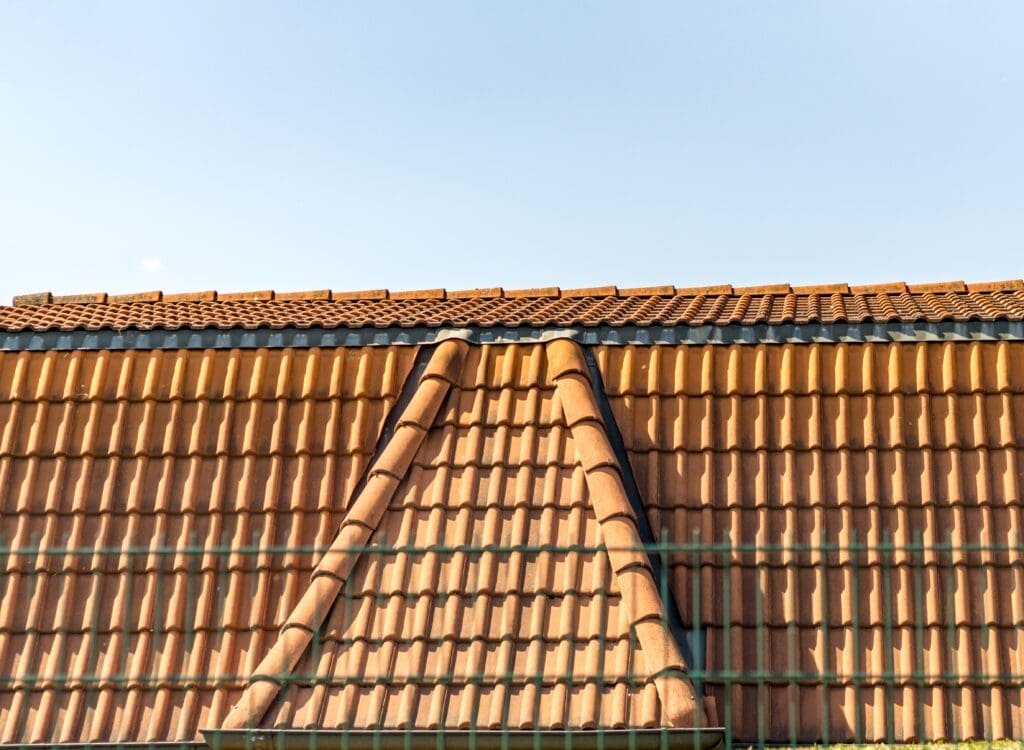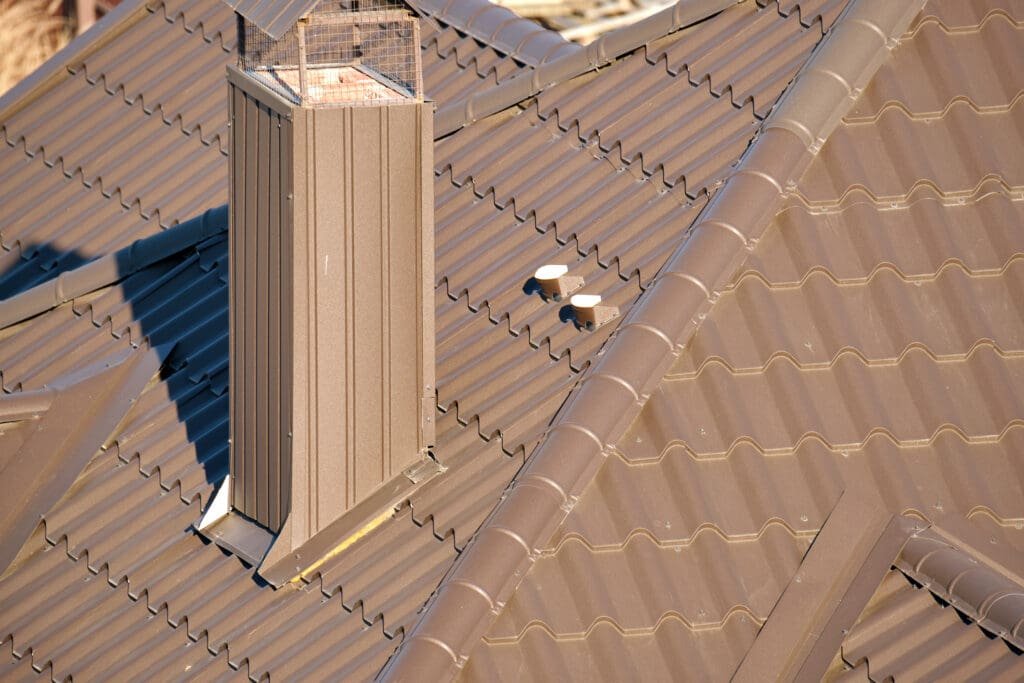Spring is the perfect time to give your roof some much-needed attention. Your roof plays a vital role in protecting your home from the elements, so it’s important to keep it well-maintained. This blog will serve as the ultimate spring-cleaning guide for your roof. In this comprehensive guide, we will delve into the importance of roof maintenance, the impact of seasons on roof health, and provide you with a step-by-step approach to cleaning your roof. We will also offer valuable tips for maintaining your roof post-cleaning and discuss when it is necessary to seek professional help. Let’s get started!
Understanding the Importance of Roof Maintenance
Regular roof maintenance is essential to ensuring the longevity and effectiveness of your roof. By keeping your roof in good condition, you can avoid costly repairs down the line and prevent potential damage to your home’s interior.
A clean roof not only enhances the overall aesthetics of your house but also extends its lifespan. Removing dirt, debris, moss, and algae will prevent moisture buildup and potential structural damage. Additionally, a well-maintained roof can help improve energy efficiency, as a dirty roof can trap heat and increase cooling costs during the summer months.
The Role of a Clean Roof in Home Maintenance
A clean roof is a crucial component of comprehensive home maintenance. Just as you regularly clean your gutters and maintain your HVAC system, cleaning your roof should be part of your routine. This helps to prevent issues such as water leaks, mold growth, and deterioration of roofing materials. By investing time in roof maintenance, you can protect your home from potential damage and save money in the long run.
The Impact of Seasons on Roof Health
Seasonal changes can have a significant impact on the health of your roof. Heavy rain and snow accumulation can put stress on your roof and cause leaks. Meanwhile, extreme heat and UV rays can lead to the deterioration of roofing materials. To ensure your roof remains in optimal condition, it is essential to perform regular cleaning and inspections to address any potential issues before they worsen.
During the winter months, snow and ice can accumulate on your roof, creating additional weight and putting strain on the structure. This can lead to weakened areas and potential leaks. It is crucial to remove snow and ice promptly to prevent any damage and ensure the integrity of your roof.
In the spring, the warmer weather brings with it an increased risk of moss and algae growth on your roof. These organisms thrive in damp environments and can cause discoloration and deterioration of your roofing materials. Regular cleaning and treatment can help prevent their growth and maintain the appearance and functionality of your roof.
Preparing for Your Spring Roof Cleaning

Before you begin your spring roof cleaning, it’s important to consider some safety measures and gather the necessary equipment.
Spring is the perfect time to give your roof some much-needed attention after enduring the harsh winter weather. Not only does a clean roof enhance the curb appeal of your home, but it also helps prolong the lifespan of your roof by preventing mold, algae, and debris buildup.
Safety Measures to Consider
Roof cleaning can be a risky task, so it’s crucial to prioritize safety. Make sure to wear appropriate protective gear such as non-slip shoes, gloves, and safety goggles to protect yourself from any potential hazards. Additionally, always work with a buddy or have someone nearby in case of emergencies. Using a sturdy ladder with secure footing is non-negotiable, and it’s advisable to have a spotter to hold the ladder steady while you work. If you’re uncomfortable with heights or lack experience, it’s best to leave this task to professionals who have the expertise and equipment to handle it safely.
Necessary Cleaning Equipment
Having the right equipment is essential for effective roof cleaning. Some common tools you may need include a broom or brush with soft bristles to gently sweep away debris without damaging the roof surface. A pressure washer can be useful for tougher stains, but be cautious as excessive pressure can cause damage to certain roof materials. Safety harnesses are crucial for working on steep roofs, providing an extra layer of protection against falls. When it comes to cleaning solutions, opt for products specifically designed for roofs to ensure they are safe for your roof material and the surrounding environment. Consult your local hardware store or a professional roofer for guidance on the most suitable equipment and cleaning solutions for your specific roof type and cleaning needs.
Step-by-Step Guide to Roof Cleaning

Now that you have taken the necessary precautions and gathered the required equipment, it’s time to dive into the actual cleaning process. Follow these steps to ensure a thorough and successful roof cleaning.
Inspecting Your Roof for Damage
Prior to cleaning your roof, perform a thorough inspection to identify any signs of damage. Look for cracked or missing shingles, damaged flashing, or any other signs of wear and tear that may require repair. Addressing these issues early on can prevent further damage and save you from costlier repairs down the line.
It’s important to note that a damaged roof can compromise its structural integrity and lead to leaks, water damage, and even mold growth. By regularly inspecting your roof and addressing any issues promptly, you can extend its lifespan and maintain its functionality.
Removing Debris and Moss
Start by removing any debris, such as leaves, branches, or twigs, from your roof. Use a broom or brush with soft bristles to gently sweep away loose debris without damaging the roofing materials. Be careful not to push debris into gutters or downspouts, as this can cause blockages.
In addition to debris, moss and algae growth can also be a common problem on roofs, especially in areas with high humidity or shade. These organisms can compromise the integrity of your roof and cause it to deteriorate over time. If you have moss or algae growth on your roof, consider using a specialized cleaning solution specifically designed to eliminate these organisms.
Apply the solution according to the manufacturer’s instructions, and gently scrub the affected areas with a soft brush or broom. This will help break down the moss or algae and prevent further growth. Rinse the roof thoroughly with water to remove any residue, ensuring that your roof is clean and free from any potentially damaging organisms.
Cleaning Gutters and Downspouts
As part of your roof cleaning process, it’s crucial to address your gutters and downspouts. Clear out any debris that may have accumulated, as clogged gutters can lead to water damage and roof leaks. Use a garden hose to flush out any remaining debris and ensure proper water flow.
While cleaning your gutters, take the opportunity to inspect them for any signs of damage or wear. Look for loose or sagging sections, rust, or holes that may require repair or replacement. By maintaining clean and functional gutters, you can effectively channel water away from your roof, preventing potential damage.
Consider installing gutter guards to help prevent future debris buildup and reduce the frequency of gutter cleaning. These guards can be purchased at your local home improvement store and offer an extra layer of protection for your roof. They act as a barrier, preventing leaves, twigs, and other debris from entering your gutters and causing blockages.
By following these steps and regularly maintaining your roof, you can ensure its longevity and prevent costly repairs. Remember, a clean and well-maintained roof not only enhances the overall appearance of your home but also provides essential protection against the elements.
Tips for Maintaining Your Roof Post-Cleaning

Congratulations! You’ve successfully cleaned your roof and ensured its proper functioning. To keep your roof in good condition, here are some essential post-cleaning maintenance tips to follow.
After cleaning your roof, it’s crucial to let it fully dry before proceeding with any maintenance tasks. This will ensure that any remaining debris or moisture is completely removed, preventing potential issues like mold or rot. Allowing your roof to dry thoroughly also makes it easier to spot any areas that may need extra attention during the maintenance process.
Regular Roof Check-ups
Make it a habit to inspect your roof periodically, ideally twice a year. Look for any signs of damage or issues that may have developed since your last cleaning. By catching problems early, you can address them promptly, avoiding more extensive repairs and potential damage to your home.
During your roof check-ups, pay close attention to areas around chimneys, vents, and skylights, as these are common spots for leaks to develop. Check for missing or damaged shingles, cracks in the flashing, and any signs of water damage on the ceiling inside your home. Taking the time to thoroughly inspect your roof can help you identify and resolve issues before they escalate.
Preventing Future Moss and Algae Growth
To prevent moss and algae from returning to your roof, consider installing zinc or copper strips along the ridge line. These metals release small amounts of metal ions when it rains, inhibiting the growth of algae and moss. Additionally, trimming overhanging trees and branches can help reduce shade and moisture buildup, creating a less hospitable environment for these organisms.
Another effective way to prevent moss and algae growth is to keep your gutters clean and free of debris. Clogged gutters can lead to water pooling on your roof, creating the perfect environment for these unwanted organisms to thrive. Regularly cleaning out your gutters will help maintain proper water drainage and prevent potential roof damage.
When to Seek Professional Help

While regular cleaning and maintenance can go a long way in preserving your roof’s health, there are instances when it is best to seek professional help.
It’s essential to remember that your roof is a crucial component of your home’s structure, providing protection and insulation. Therefore, identifying serious roof damage early on can prevent further issues and costly repairs down the line.
Identifying Serious Roof Damage
If you notice significant damage, such as extensive shingle deterioration, sagging, or leaks that persist after cleaning and repairs, it’s crucial to call in a professional roofing contractor. They have the expertise to assess the severity of the damage and recommend appropriate repairs or replacements.
Moreover, professional roofers are equipped with the latest tools and techniques to address various types of roof damage effectively. Their knowledge of different roofing materials and construction methods enables them to provide tailored solutions that ensure the longevity and durability of your roof.
Hiring a Professional Roof Cleaning Service
If you’re not comfortable or physically able to clean your roof yourself, consider hiring a professional roof cleaning service. These experts have the necessary experience, knowledge, and equipment to safely and effectively clean your roof, ensuring optimal results while minimizing the risk of accidents.
Furthermore, professional roof cleaning services use environmentally friendly cleaning agents that are safe for your roof, landscaping, and the environment. They follow industry best practices to remove dirt, debris, mold, and algae growth without causing any damage to your roof’s surface.
By following this ultimate spring-cleaning guide for your roof, you can maintain a clean and well-maintained roof throughout the year. Regular cleaning and maintenance will not only protect your home but also prolong the lifespan of your roof, saving you time, effort, and money in the long run. So, grab your cleaning gear, prioritize safety, and get ready to give your roof the attention it deserves!





